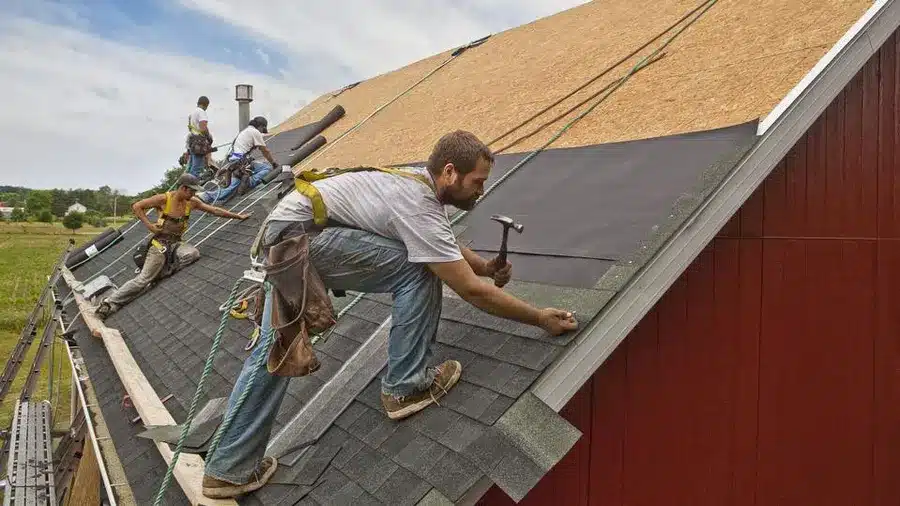Expert Tips to Describe Roof Damage and Prevent Issues
Roof damage can be a serious issue that affects the safety, functionality, and aesthetics of your home. Understanding how to describe roof damage accurately is crucial for homeowners, contractors, and insurance adjusters. This comprehensive guide will help you identify, describe, and address various types of roof damage effectively.
Understanding the Importance of Roof Damage Description
Your roof is a vital part of your home, protecting you from inclement weather and water damage while helping to insulate your house. However, roofing issues can be complex and often require professional assistance. Describing roof damage accurately ensures that you get the necessary repairs done promptly and effectively.
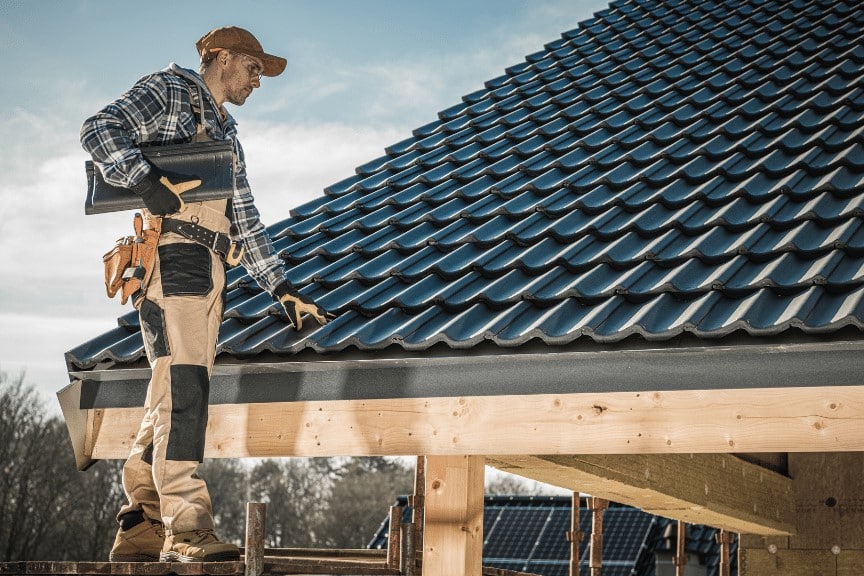
Types of Roof Damage
Roof damage can manifest in various forms, each requiring a different approach for identification and repair. Here are some common types of roof damage:
- Shingle Damage
- Curling Shingles: Shingles that have curled edges or corners.
- Cracked Shingles: Visible cracks on the surface of the shingles.
- Missing Shingles: Entire shingles that have been blown away by wind or removed.
- Flashing Damage
- Corroded Flashing: Metal flashing around chimneys and vents that shows signs of rust or corrosion.
- Loose Flashing: Flashing that has detached from the roof surface, leaving gaps.
- Gutter Damage
- Clogged Gutters: Gutters filled with debris such as leaves, twigs, and dirt.
- Sagging Gutters: Gutters that are bending or pulling away from the house.
- Water Damage
- Leaks: Water stains on the ceiling or walls indicating a roof leak.
- Mold Growth: Mold patches inside the house, often caused by prolonged exposure to moisture.
- Structural Damage
- Sagging Roof: Areas of the roof that appear sunken or uneven.
- Damaged Roof Decking: Soft spots or holes in the roof deck beneath the shingles.
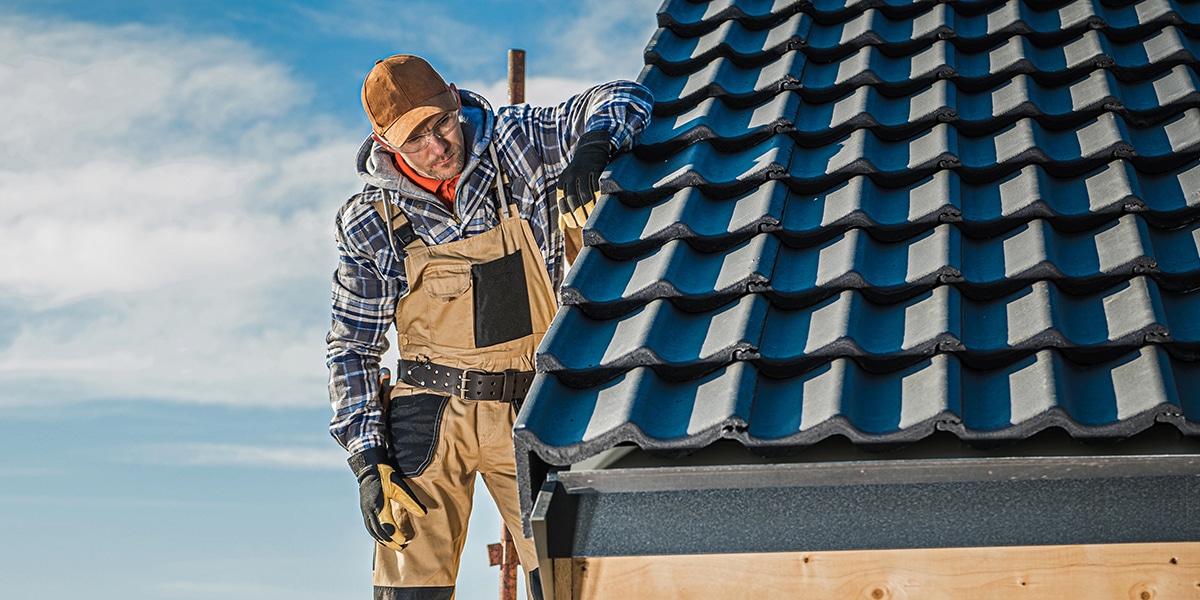
How to Describe Roof Damage Effectively
To ensure accurate communication and appropriate repairs, it’s essential to describe roof damage in detail. Use specific terms and provide visual evidence when possible.
- Visual Inspection
- Conduct a thorough inspection of the roof using binoculars or a drone for a closer look.
- Take clear, detailed photographs of any damage you find.
- Detailed Description
- Use precise language to describe the damage, such as “three cracked shingles on the south-facing slope” or “rusted flashing around the chimney.”
- Include measurements, like “a 6-inch crack in the flashing.”
- Contextual Information
- Mention any recent weather events that may have caused the damage, such as a hailstorm or heavy winds.
- Note the age of the roof and any previous repairs.
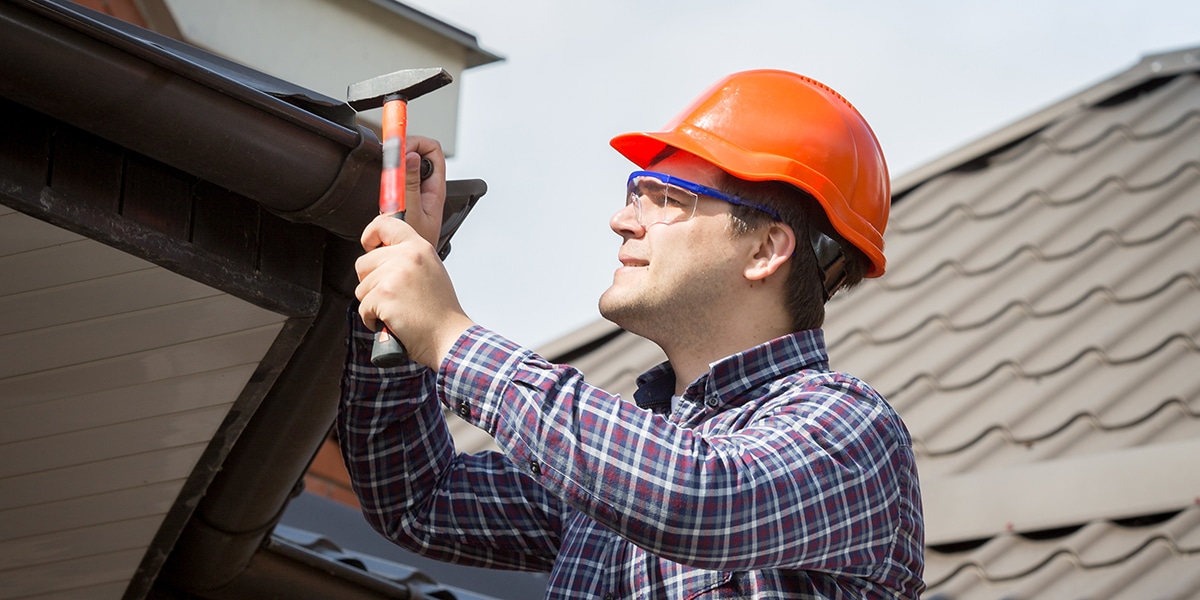
Using Lists for Clarity
Lists can help organize information and make your descriptions more accessible.
- (Steps to Take After Identifying Roof Damage)
- Conduct a thorough inspection.
- Take detailed photographs.
- Contact a professional roofer.
- File an insurance claim if necessary.
- Schedule repairs promptly.
- (Common Roof Damage Indicators)
- Curling or cracked shingles
- Missing shingles
- Rusted or loose flashing
- Water stains on ceilings
- Mold growth
FAQs
Q1: What are the first signs of roof damage I should look for?
A: Look for curling or missing shingles, water stains on the ceiling, and mold growth.
Q2: How often should I inspect my roof for damage?
A: It’s recommended to inspect your roof at least twice a year, ideally in the spring and fall.
Q3: Can I perform roof repairs myself?
A: While minor repairs might be manageable, it’s best to hire a professional for significant damage to ensure safety and quality work.
Q4: How can I prevent roof damage?
A: Regular maintenance, timely repairs, and professional inspections can help prevent roof damage. Additionally, keeping gutters clean and trimming overhanging branches can protect your roof.
Q5: What should I do if I find a roof leak?
A: If you find a leak, place a bucket to catch the water, take photographs, and contact a professional roofer immediately to prevent further damage.
Conclusion
Describing roof damage accurately is essential for effective communication and repair. By understanding the different types of damage, conducting thorough inspections, and using clear, detailed descriptions, you can ensure that your roof remains in good condition and your home stays protected.
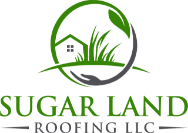
 (832) 944-7663
(832) 944-7663